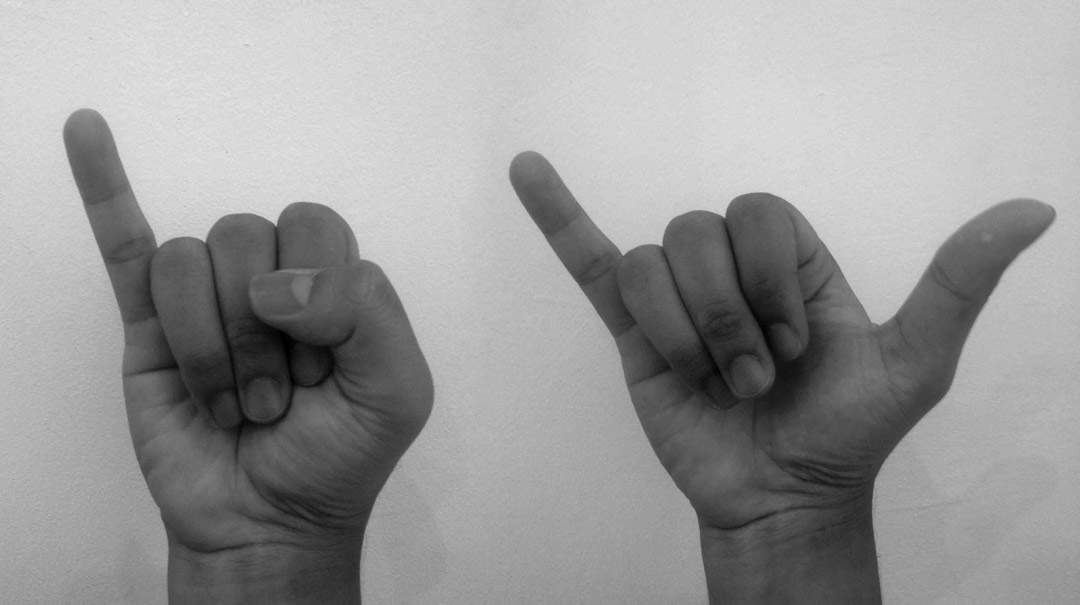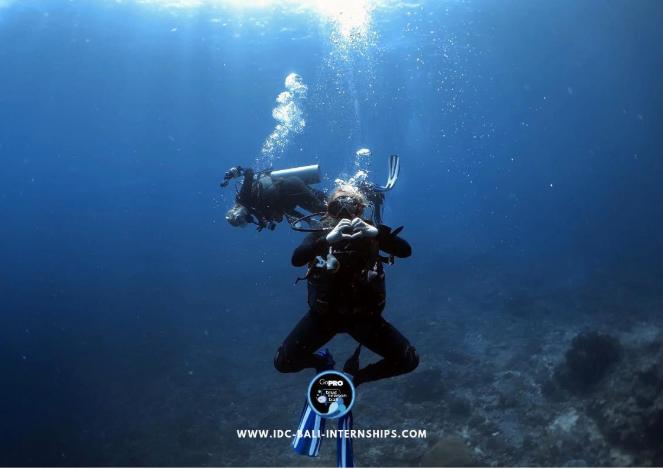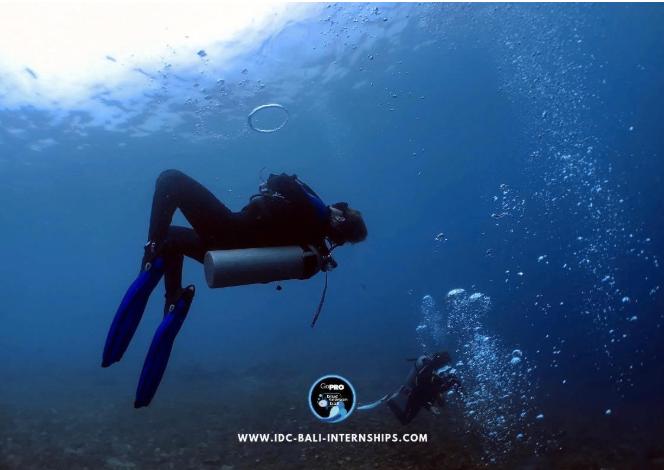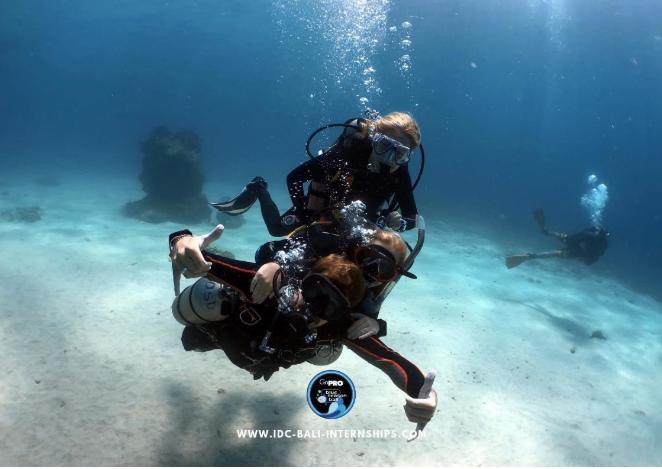Bali Divemaster Course Note – Decompression Stop Guidelines
Emergency Decompression Guidelines
Scuba diving may be a fun and exciting sport but it’s not all just about fun and games. To really enjoy and excel at scuba diving, you’ll need to undergo training, which will also ensure you and your group’s safety. During your Divemaster course in Bali, you’ll learn all about decompression, which is an integral part of diving that you must truly and completely understand.
There may be times when you hear of divers complaining of a bad experience due to decompression during a dive, which led to massive discomfort and pain. It is important for every diver to know and understand about decompression, potential decompression problems and how to handle emergency decompression stops during a recreational dive.

Firstly, what is decompression and what is an emergency decompression stop? If you’re an experienced diver, you’ll already be familiar with these terms but for the sake of safety, let’s recap. Obviously when you’re diving, you’re relying on compressed air. Breathing compressed air causes nitrogen gas to accumulate in your bloodstream and absorbed into your body, however it will slowly disperse when you begin to ascend due to decrease in pressure. However, if you were to ascent rapidly, the nitrogen gas in your system will turn into gas bubbles, causing decompression sickness.
Events such as these may happen due to a variety of reasons; you may forget to check your dive computer, perhaps you got distracted and stayed underwater for too long or you may have gone too deep. When these cases occur, you will need to perform an emergency decompression stop. Secondly, understand the term “no-decompression limit” also known as NDL. This refers to the time limit for the amount of time a diver can stay at a given depth. These limits vary from dive to dive, depending upon depth and previous recent dive profiles. Please bear in mind that a diver should never exceed a no-decompression limit without specialized training in decompression procedures.
Every diver knows that mistakes can happen and you might stray too deep or stay too long underwater. When such situations arise, you might not immediately know the danger you are putting yourself in. It is always better to avoid exceeding or diving up to the no-decompression limit. However, if you find yourself in such a situation, you will need to know how to react to a safer diving experience. Here are some simple guidelines to help you during emergencies:
Emergency Decompression Guidelines
- When a no-decompression limit is exceeded by 5 minutes or less, your stop should be 8 minutes at 15 feet and make sure you remain out of the water for 6 hours before the next dive.
- When a no-decompression limit is exceeded by more than 5 minutes, your stop should be at least 15 minutes at 15 feet and you should stay out of the water for a minimum of 24 hours before diving again.
Make sure you have these emergency decompression rules well noted on the back of your computer or on a slate. This is because remembering the rules may not be possible in an emergency situation. It is important to ensure the information is easily accessible in case of an emergency.
Monitoring Your Emergency Decompression Stop
To be fully in charge of your dive, especially when there is the need for an emergency stop, always have prior knowledge about scenarios that can lead to such situations. You might forget to check your dive computer or it may fail, thus misleading you. If the timing device has malfunctioned, you might be forced to count out the minutes.
If you find yourself alone and with no dive computer, you should wait at the stop depth as you exhaust the remaining tank of air before ascending slowly. In case all devices malfunction and you don’t know the depth or the dive time, you will have to rely on experience to estimate your depth and ascend.
While no diver expects to ever have to do an emergency decompression stop, it is always advisable to understand and memorize these guidelines. Remember, it is better to carry out a correct emergency decompression stop than to fumble about when underwater. Be sure to participate in the right Divemaster Internship program while you’re in Bali, to learn how to face and excel in any underwater condition. If you take a Divemaster Internship with us, you will be much better prepared as you will be learning directly from an experienced PADI instructor. Contact us now.



